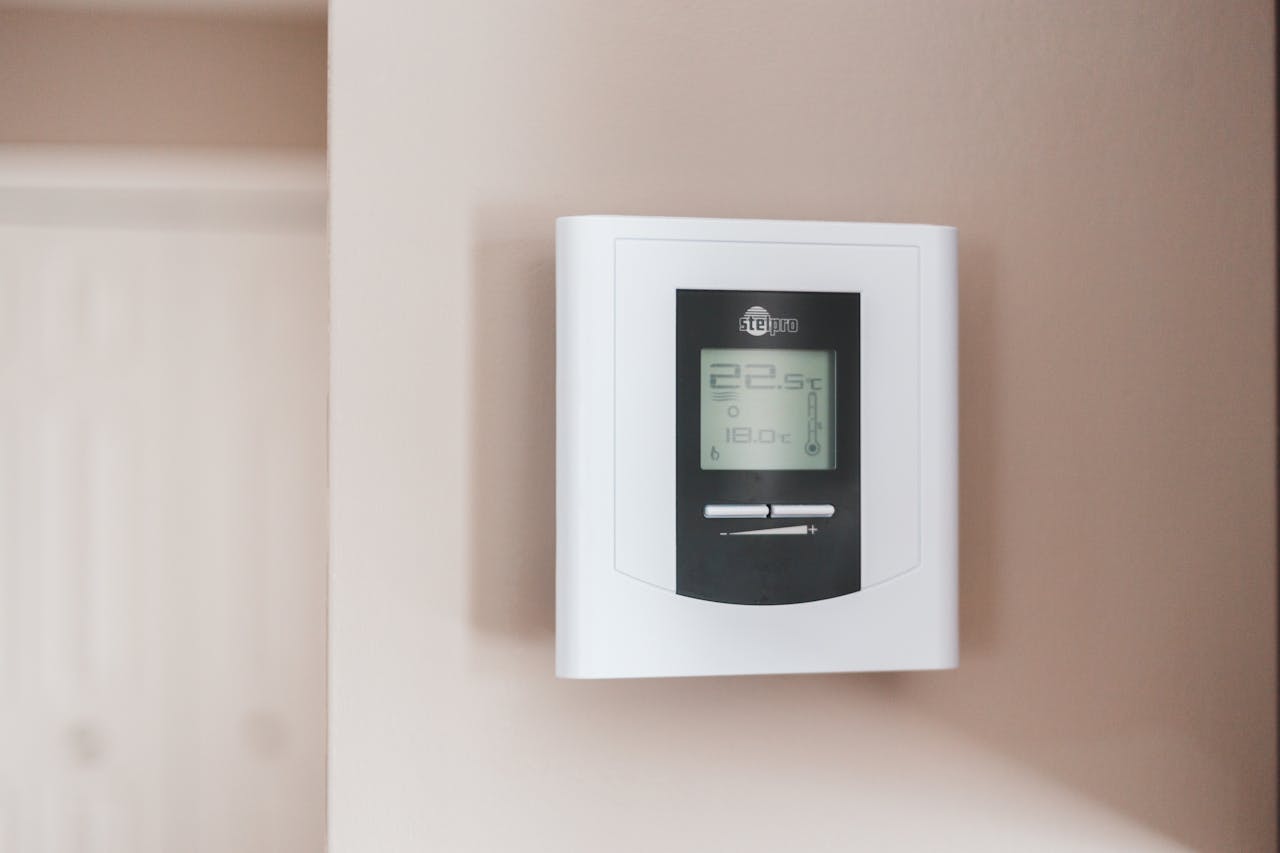Heating a home is not just about the boiler or furnace; it starts with a small plastic box on the wall deciding when warmth should flow. When that box sits in a hallway, it reads a story most rooms are not living. Drafts from the front door, bare floors, and low foot traffic twist the numbers on its screen. Quietly, that mismatch becomes higher bills, uneven comfort, and the sense that the house never feels quite right in winter. The issue is simple placement.
Hallways Run Colder Than Real Living Spaces
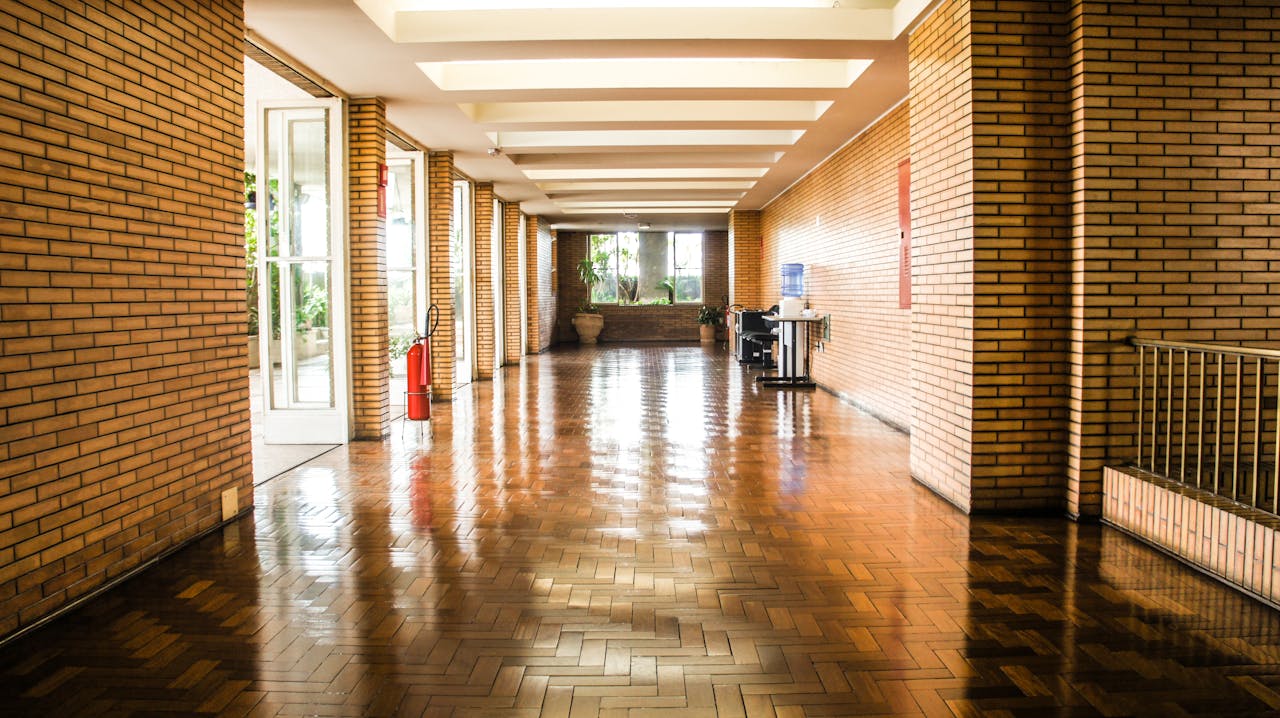
Hallways are often the chilliest parts of a home, with hard floors, little furniture, and bursts of cold air whenever the front door opens. A thermostat sitting there assumes the whole house feels that same chill, so it keeps calling for heat long after living rooms and bedrooms have warmed up. People sit on the sofa in heavy clothes while radiators work overtime, and the bill reflects the hallway’s problems instead of the comfort level in real living spaces.
Drafty Entrances Trigger Needless Heating

Many thermostats end up just a few steps from the front door, right in the path of every cold gust. Each time someone comes or goes, that quick blast of air fools the sensor into thinking the entire home has cooled sharply. The system responds by firing up again, even though most rooms never dropped that low or needed extra warmth. Across a long winter, those false alarms quietly pile up as wasted energy, higher costs, and extra strain on the boiler.
Empty Corridors Do Not Reflect Real Comfort

A hallway is a pass through, not a place where families linger or relax. It does not host dinners, playtime, or quiet evenings on the couch, yet its temperature decides how those moments feel in rooms where life actually happens. When the thermostat lives in a space with no soft furnishings and almost no body heat, it rarely lines up with the warmth in lived in areas. The result is a home where the numbers look fine but people never feel fully at ease.
Constant Cycling Wastes Energy And Wear
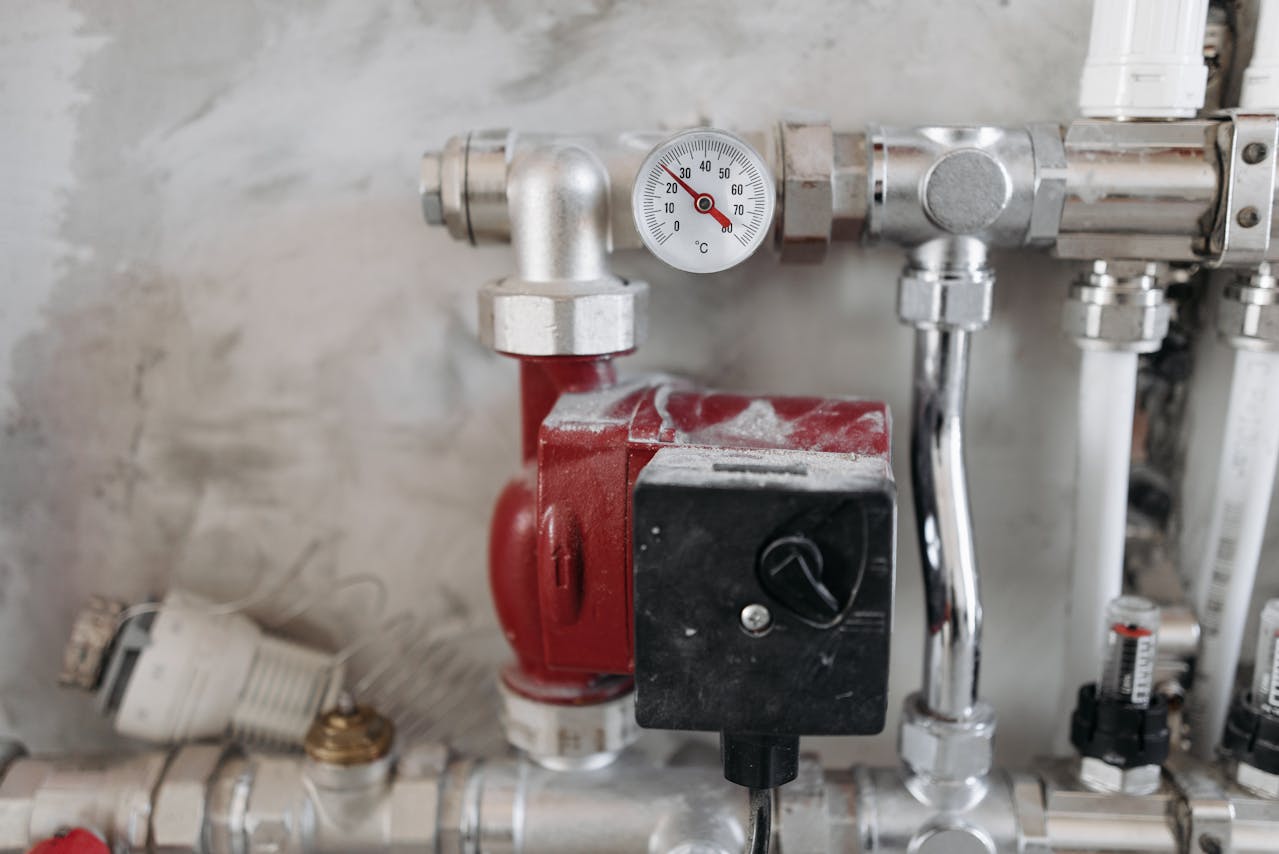
Because hallways often cool faster than other rooms, a thermostat there can push the system into short, frequent cycles. The heating turns on to satisfy that cold corridor, then shuts off while the rest of the house is still stable. That stop start pattern is less efficient than steady operation and it is harder on pumps, valves, and burners. Over time, the extra strain can shorten equipment life and raise the odds of breakdowns on the coldest days.
Bedrooms And Bathrooms Pay The Price
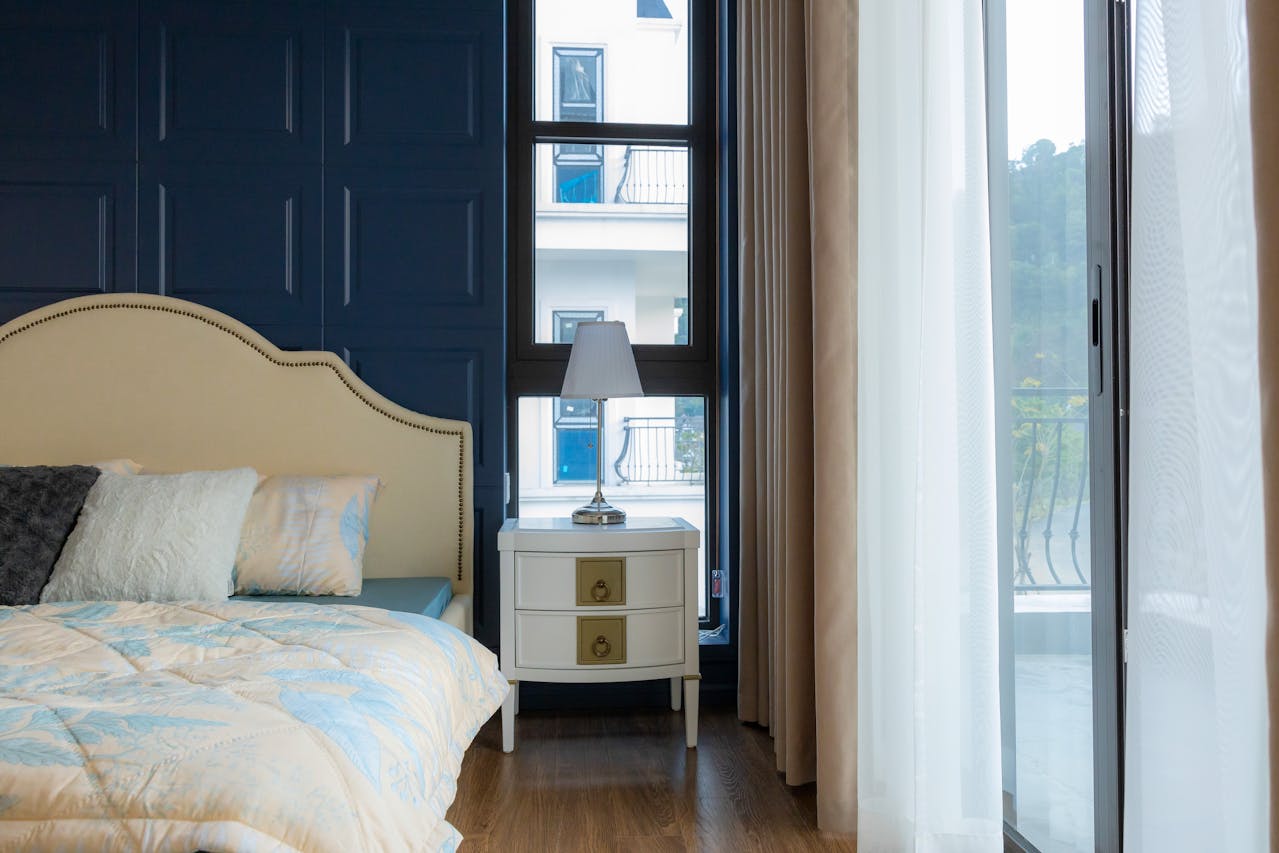
In many homes, the thermostat sits on the main floor while bedrooms and bathrooms sit farther away or upstairs. As soon as the hallway hits the set temperature, the system shuts down, even if distant rooms are still a couple of degrees behind. People notice it as chilly tiles in the morning and cold sheets at night. Some respond with electric heaters or heated blankets, adding extra cost that quietly cancels any perceived savings from the central system.
Thermostat Settings Creep Higher Than Necessary
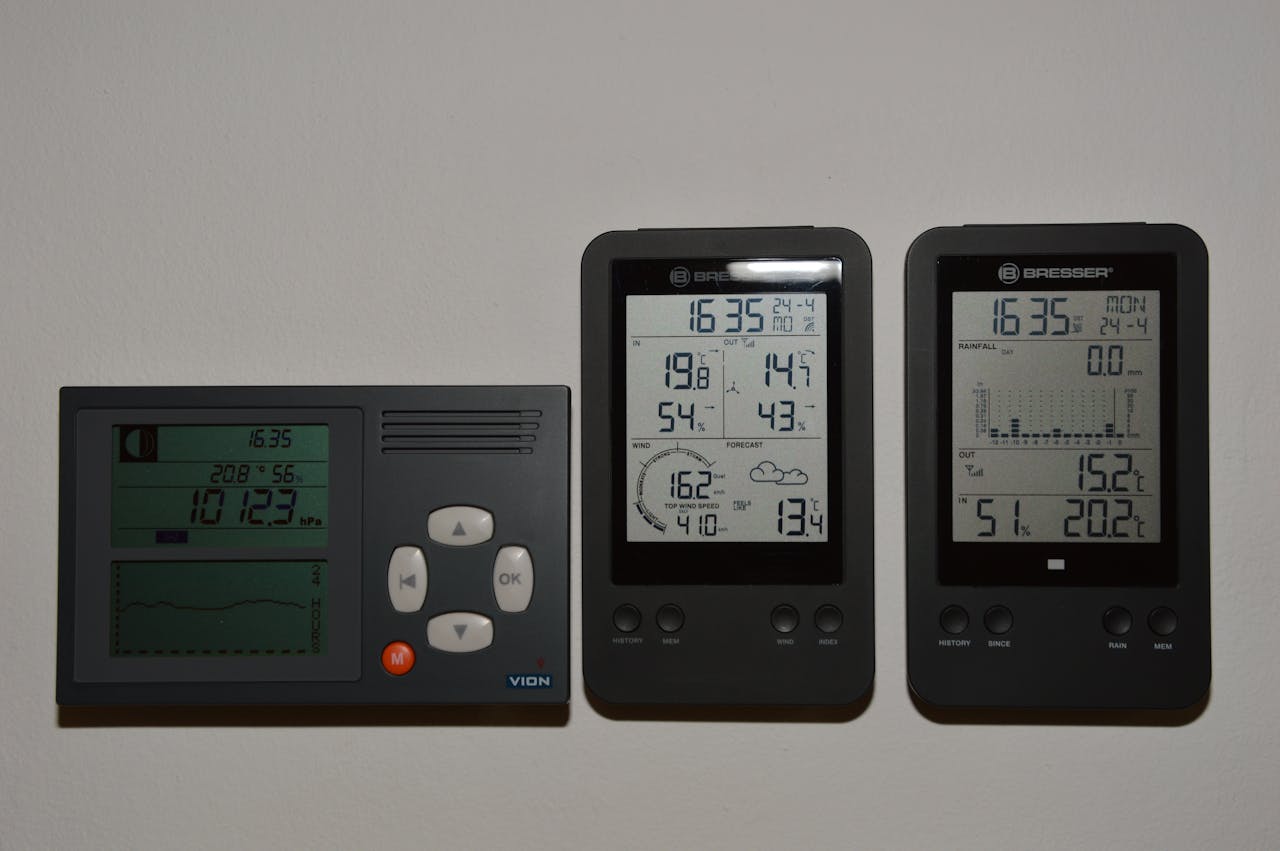
When living spaces never feel quite right, many households respond by inching the thermostat higher. A hallway sensor makes that habit worse because it usually reports colder readings than the spots where people actually sit. To feel comfortable in the lounge or kitchen, the set point climbs upward. Energy experts note that even dropping the temperature by one degree can save a noticeable amount over a year, so each extra notch added to compensate becomes money left on the table.
Boiler Efficiency Suffers Behind The Scenes
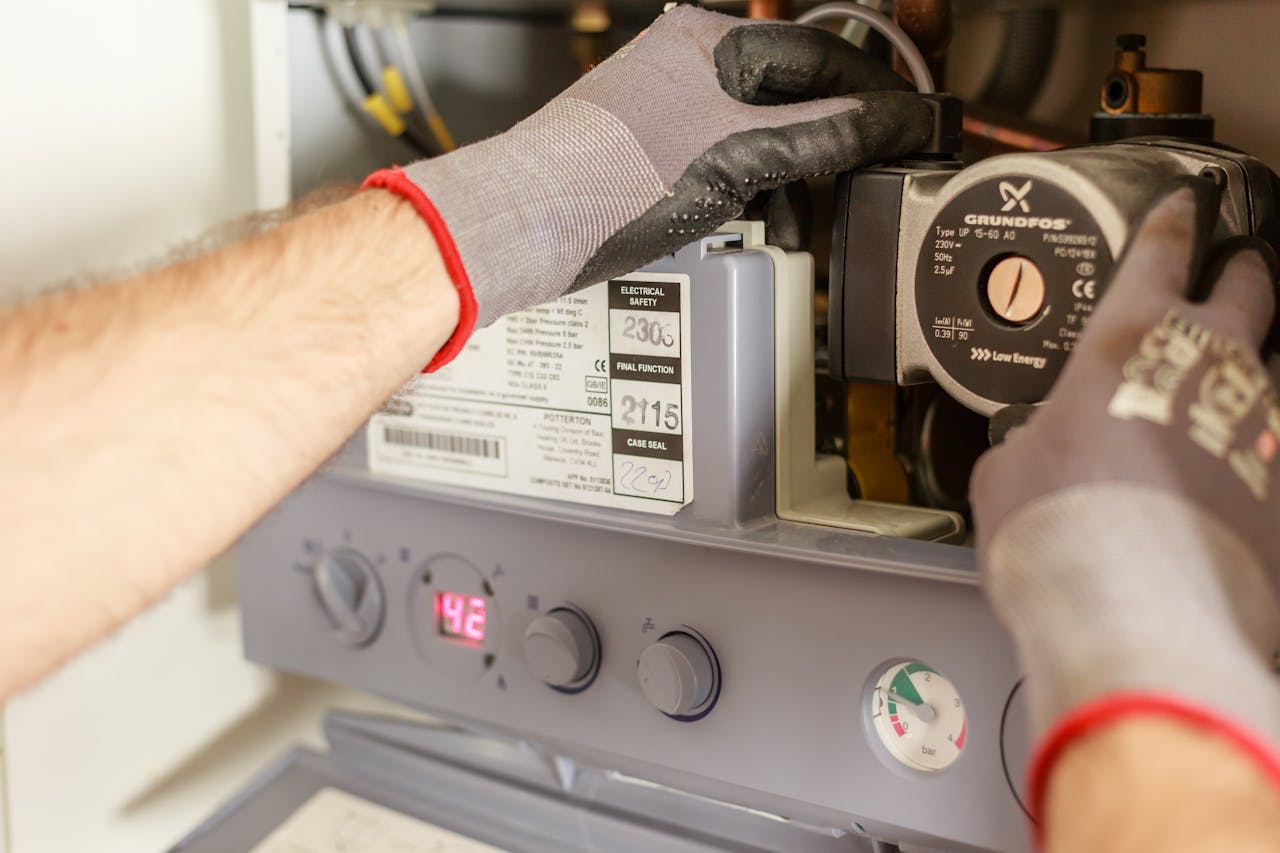
Poor thermostat placement does not only affect comfort; it also nudges people into changing boiler settings that hurt efficiency. If the hallway always feels cold, some households react by turning up the flow temperature so radiators run hotter. Water races through the system at higher temperatures than needed, wasting fuel and stressing components. Keeping flow between moderate levels is often enough, but that is easier to trust when the thermostat actually reflects how the main rooms feel.
Smart Thermostats Lose Their Edge In Halls
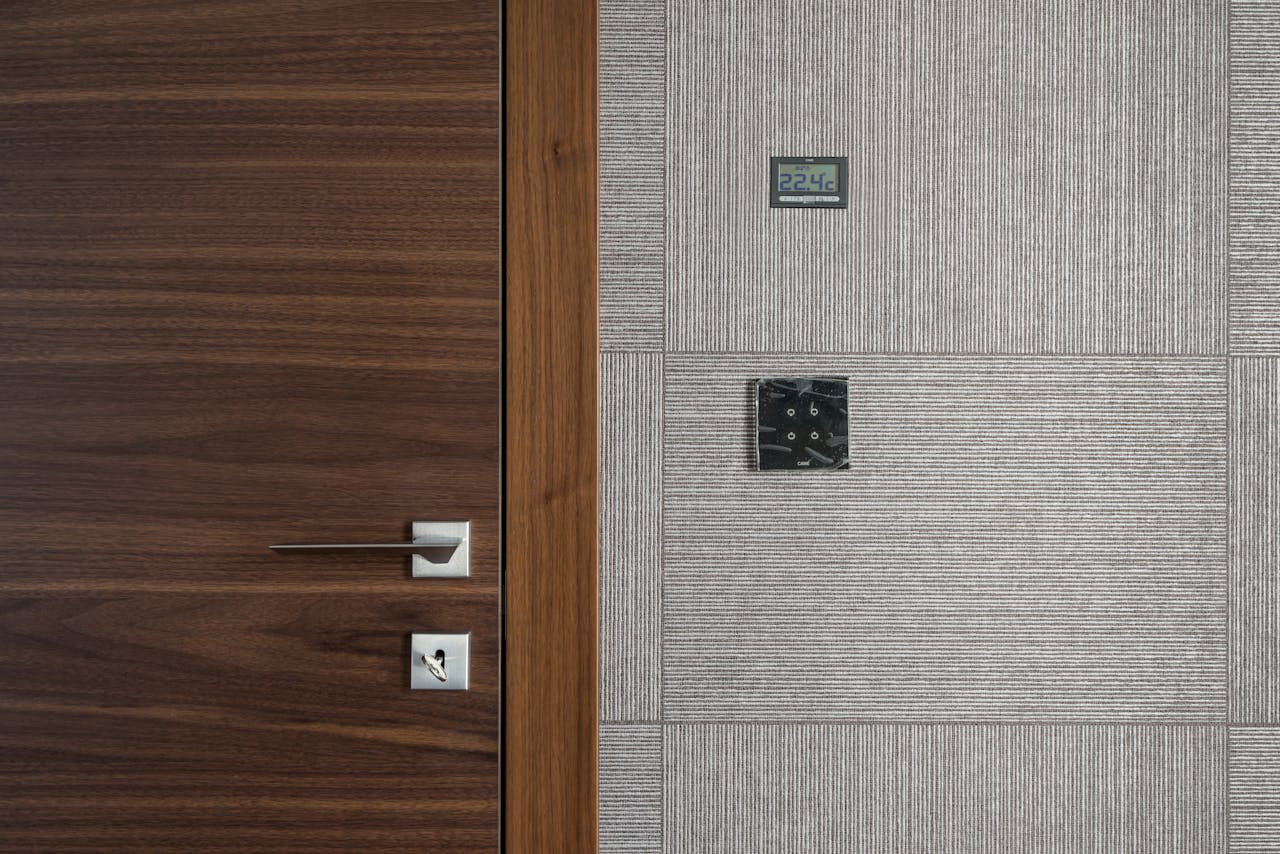
Smart thermostats promise clever schedules, learning features, and tidy energy reports, but they are only as accurate as the air around them. Mounted in a hallway, even the most advanced model bases its decisions on a space no one really uses. Over time, its algorithms learn to prioritize that corridor’s quirks instead of the living room where people read or the kitchen where they cook. The device looks impressive on the wall but delivers less impact than expected.
Multi Story Homes See Wild Temperature Swings

In taller homes, a hallway thermostat can exaggerate the natural differences between floors. Warm air rises, so upstairs often feels much hotter than the cooler corridor near a front door or stairwell. The system may keep running until that single location is satisfied, leaving bedrooms stuffy and dry. In other cases, a warm upper hallway fools the thermostat into shutting off early, while basements or ground floor rooms stay stubbornly cold no matter how high the setting goes.
Better Placement Unlocks Quiet Savings
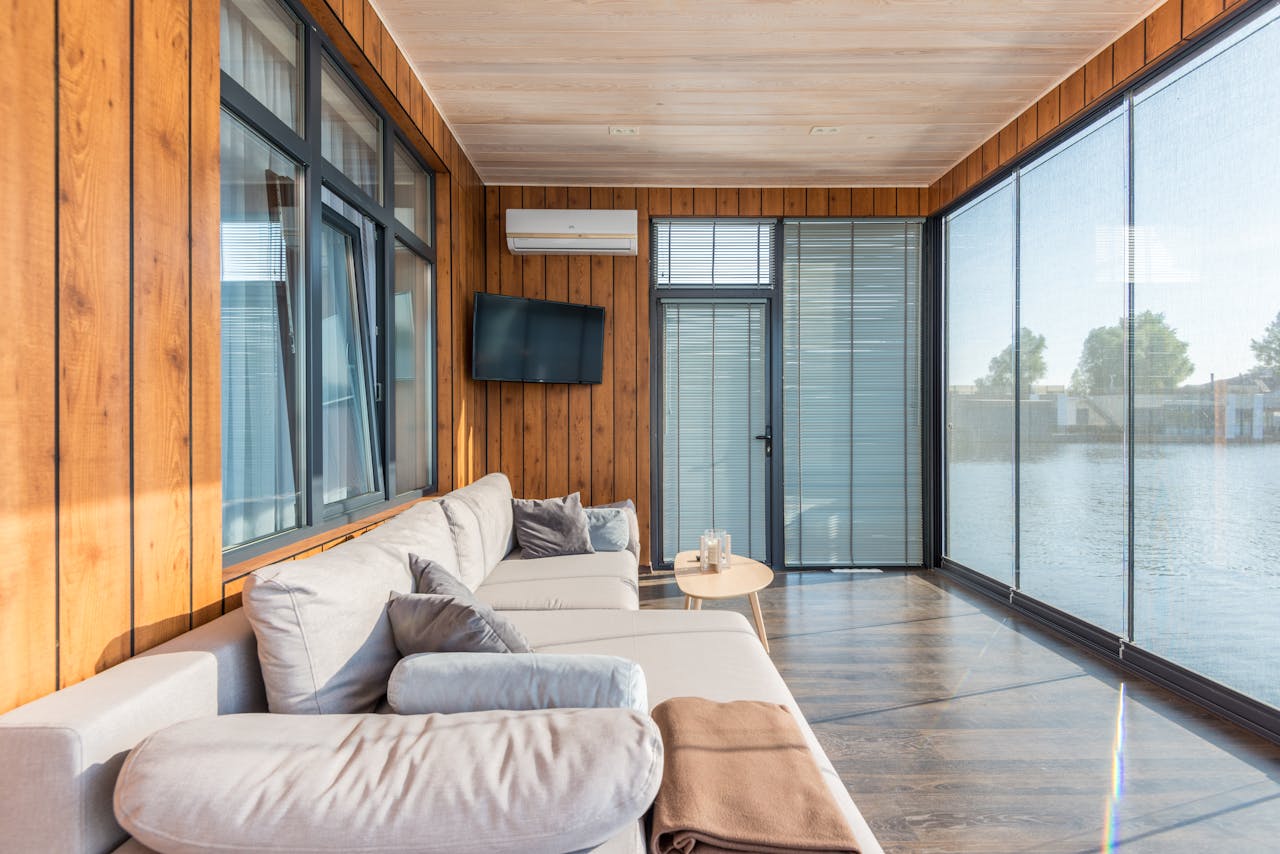
The good news is that fixing thermostat placement rarely needs major work. Heating specialists often suggest mounting it on an interior wall in a frequently used living area, away from direct sun, radiators, or obvious drafts. In larger homes, extra sensors or simple zoning give a fairer picture of how different rooms behave. Once the thermostat follows real life instead of hallway air, the system can run more gently, trimming bills while making everyday comfort feel noticeably steadier.
